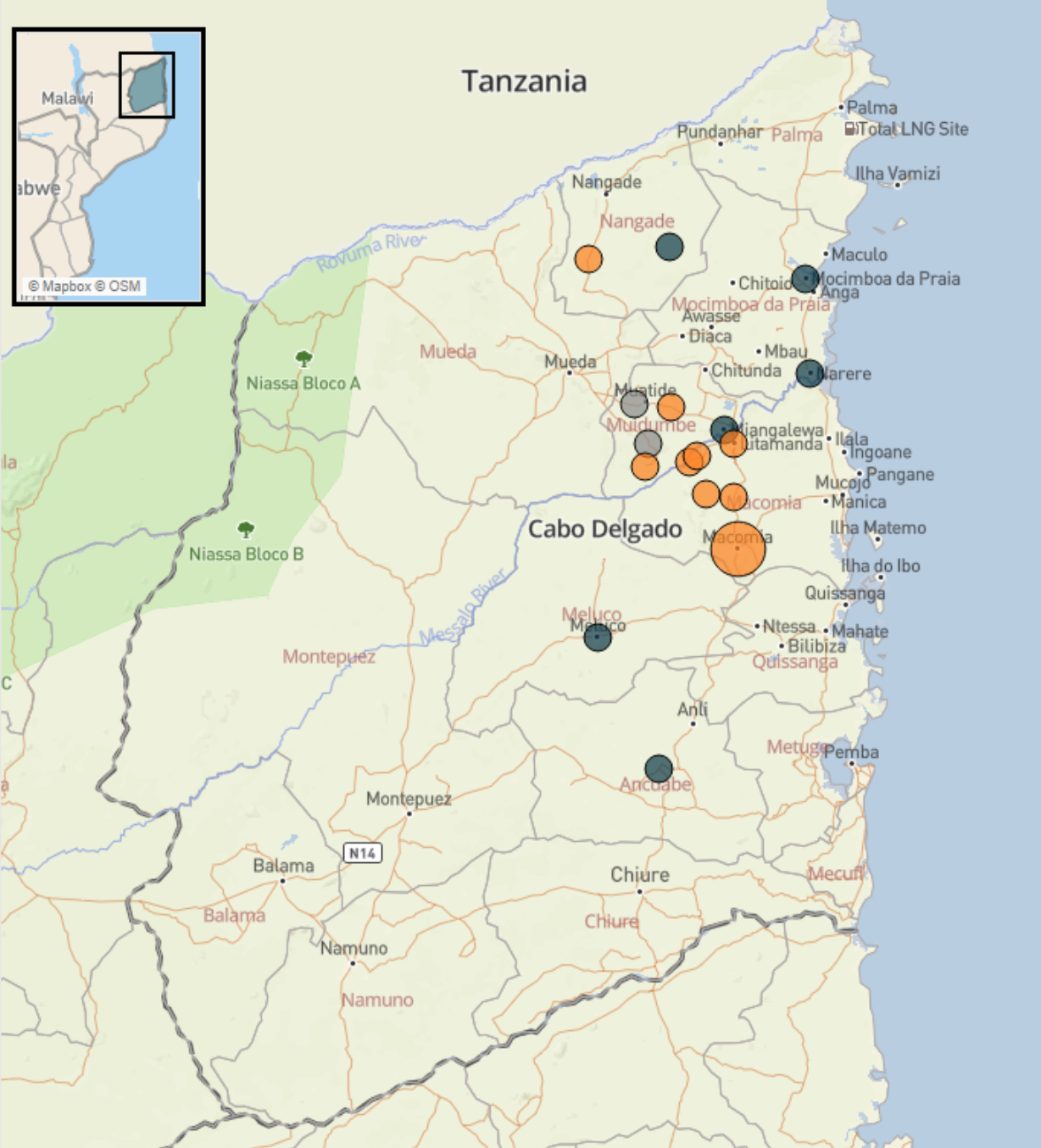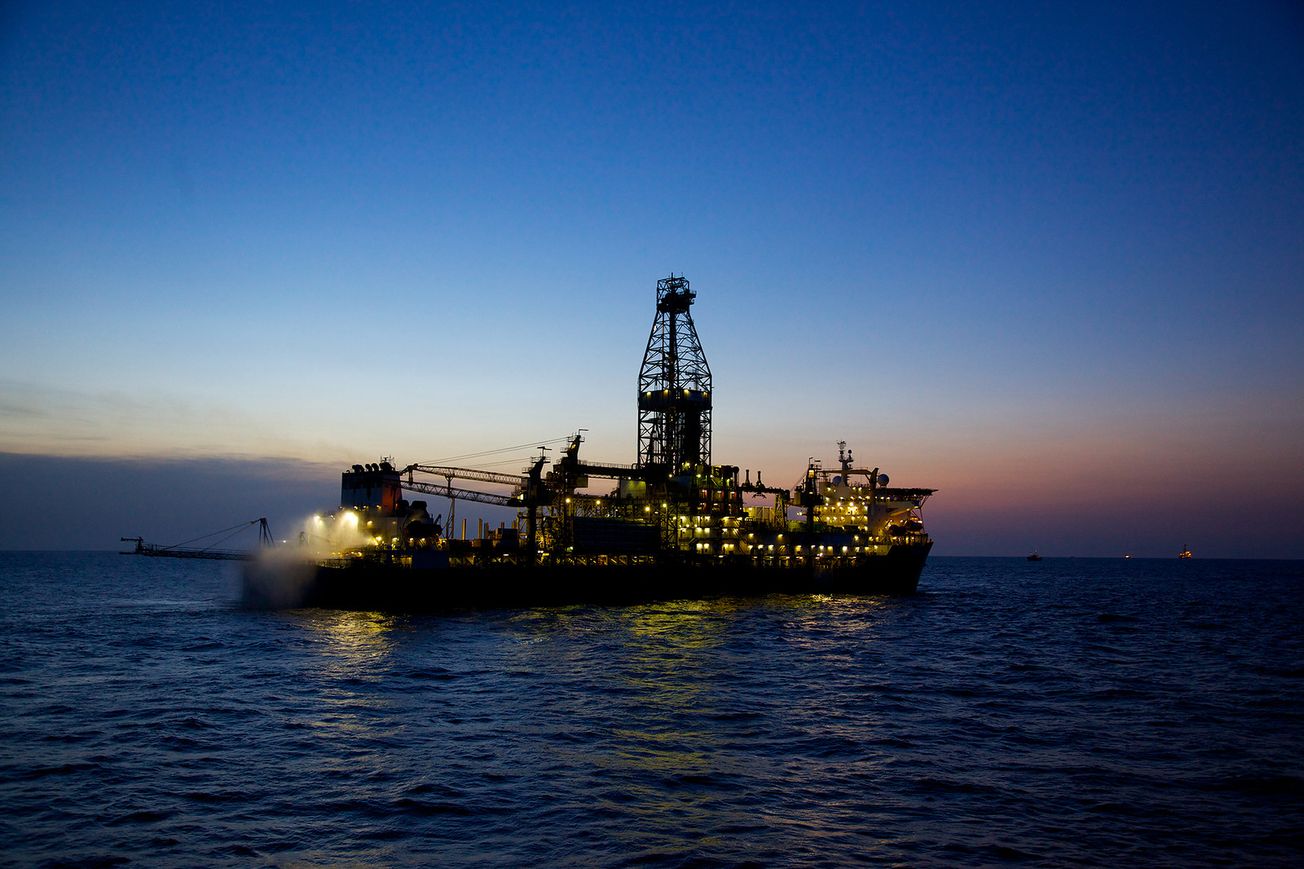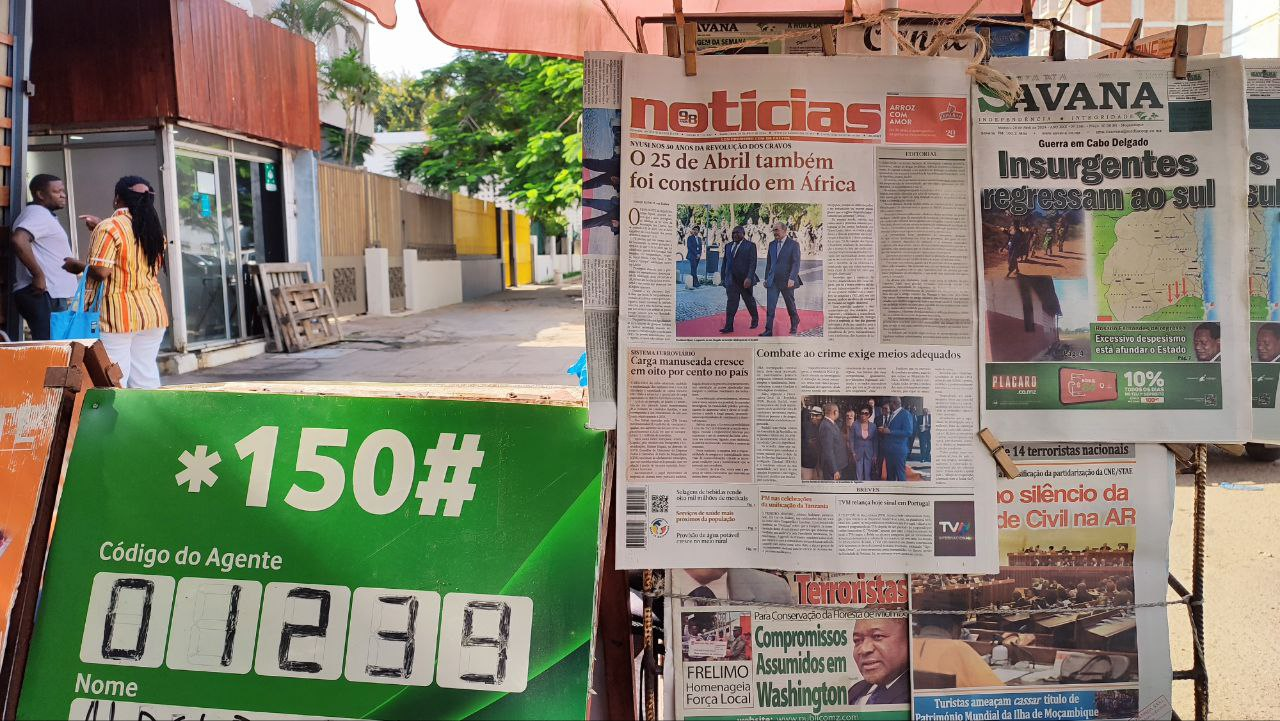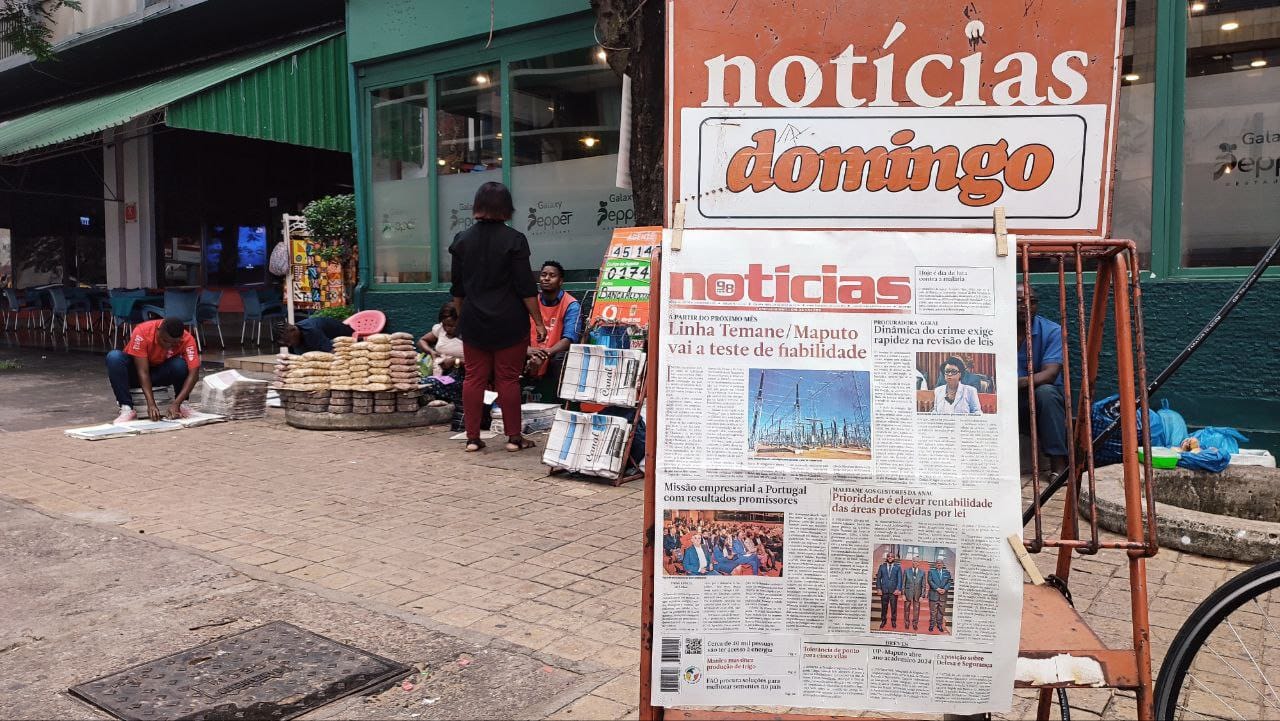Institute for Social and Economic Studies’ (IESE) Barometer of Social Cohesion is a survey into social cohesion in the districts of Angoche and Moma, in Nampula province, Chimbunila and Cuamba, in Niassa, and Chiure and Montepuez, in Cabo Delgado. In each of the districts, more than 600 citizens were interviewed, men and women, with young people representing half of the respondents. The survey was undertaken in 2022, and results are to be published shortly.
IESE defines social cohesion as the level of trust in the government on the part of the people. It also encompasses people’s willingness to participate collectively towards a shared vision of sustainable peace and common goals of development.
This piece is from the Cabo Ligado Monthly: May 2023

The instrument analyzes six dimensions, namely inclusion, security and protection, trust in others, trust in institutions, representation, and civic engagement. Findings from the security and protection dimension show most clearly how the insurgency, concentrated in Cabo Delgado, is a source of fear and anxiety across northern Mozambique.
In Nampula province, south of Cabo Delgado, the survey was carried out in Angoche, a district on the coast, and Moma district, approximately 100 kilometers south of Angoche on the coast. For Angoche, Barometer findings indicate that the violence in Cabo Delgado has hit people’s feelings of security and protection. They are particularly concerned about the recruitment of local youths to the ranks of ‘al-Shabaab,’ as the insurgents are known locally.
One issue raised is that of a local sheik, called Ismaila, who enticed young men with the promise of studying Islam abroad, but who is thought to have never left Mozambique. Some of the youths have disappeared and never been heard of again, while Sheik Ismaila himself has also since disappeared. Although it has no record of insurgent attacks, Angoche has been one of the recruitment sites for the insurgents, targeting young fishermen who traditionally migrate to fish around the islands off the coast of Cabo Delgado.
The district of Moma has also been a recruitment site for the insurgents, the Barometer finds. Here too, one of the forms exploited by the insurgents is the migration of artisanal fishermen, mostly young people, who go to the coastal area of Cabo Delgado, because the quantity and quality of fish caught in Moma is said to have decreased in recent years.
The conflict in Cabo Delgado has also made the population of Moma more distrustful of displaced people. Presenting oneself locally as coming from the areas affected by the insurgency raises suspicions and, in some cases, can be grounds for being reported to the authorities, the Barometer finds.
In Niassa province, survey work for the Barometer was carried out in Chimbunila district. Lying on the shore of Lake Nyasa, it is over 500 km west of Pemba in Cabo Delgado. Niassa province has been mostly free of insurgent attacks since an outbreak of such violence in Mecula district, in particular, in the final months of 2021. Though Mecula lies over 200 km to the east, residents of Chimbunila district also reported fear of violence. Chimbunila has no record of jihadist attacks, but residents are just as frightened by the episodes of violence in Cabo Delgado, particularly since they spread to Niassa.
In the province of Cabo Delgado itself, the southern districts of Chiure and Montepuez have their particularities. Chiure was one of the first to register episodes of violence linked to the current conflict, with the authorities ordering, in 2016, the destruction of a mosque belonging to members of an Islamic sect that did not recognize the authority of the state and opposed the celebration of national public holidays. But it was the beheading of citizens in Katapua in 2022, which aggravated the feeling of insecurity, and generated a new wave of displaced people.
For its part, Montepuez district has been a significant center of displaced people from the war, again generating anxiety and fear. “When we see other brothers fleeing and suffering from the war, our insecurity increases,” said one of the respondents.
In Montepuez, the generalized feeling of insecurity is aggravated by the experiences already lived about the violence perpetrated by the insurgents. The study notes the impact of the attack on Nairoto in Montepuez when up to about 100 insurgents attacked and occupied, for a few hours, a joint FDS post at the headquarters of the Administrative Post of Nairoto, killing five soldiers and taking weapons and uniforms belonging to the military. This greatly increased the feeling of insecurity in the district, leading to the displacement of thousands and forcing Nairoto Resources, a company with a gold mine 15 km from the headquarters of Nairoto, to cease operations and evacuate the area.
The Barometer study, to be published soon, illustrates the deep human impact of the conflict on people seemingly far from danger, but close enough to experience deep anxiety.










